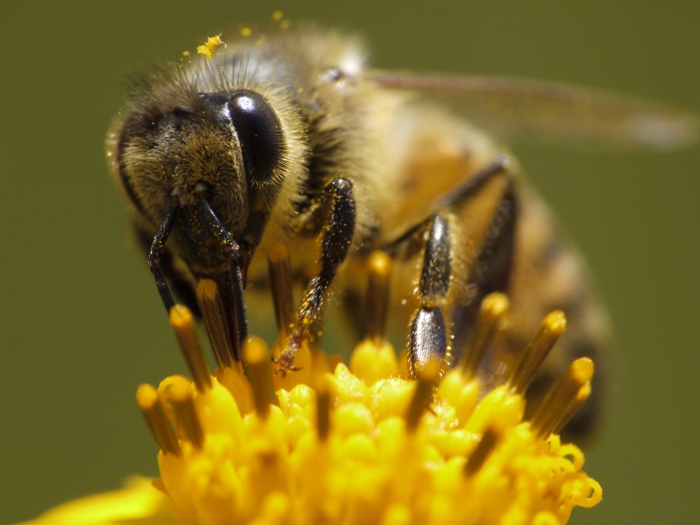
I think the last macro post I uploaded for the “One” weekly challenge went down quite well however I neglected to really explain how a shot like that is taken. So today’s post is another macro shot but this time I’ll give you the juicy details!
Firstly my setup… I have a Lumix G2 (micro 4/3rds) camera and for macro images I use my biggest (in terms of focal length) lens with a Raynox DCR-250 macro adapter. The adapter allows you to have a much shorter focusing range. For example the 45-200mm lens I use has a smallest focus of around 1 meter, not exactly ideal for macro photography. By adding this adapter I can focus to within a few inches. The reason I use a telephoto lens is that the further the Macro adapter is away from the sensor, the bigger the magnification is. If you have ever seen or heard of bellows, they do the same thing; they increase image magnification on the sensor as the lens is further away.
The biggest problem in macro photography is the constant fight between having enough light and depth of field. The depth of field with a macro setup is extremely small. To counter this you set your aperture very small I.e. a higher number (f/18+) while this allows a bigger area to be in focus it really cuts down the amount of light reaching the sensor. This in turn can lead to you needing a long shutter speed which is not very practical for taking pictures of fast moving insects. So you end up going round in circles… by fixing one problem you create another. In this photograph it was a sunny day in México so there was plenty of light! This meant I could use a small aperture and a quick enough shutter to capture the shot. Note that a steady hand is also essential. You can buy a macro head for your tripod to make really minor adjustments but as of yet I don’t own one.
As for focus, I find my camera has big difficulties focusing at this level so all of my macro shots are taken with manual focus. I usually set my focus ring to a constant point and then physically move the camera backwards and forwards to find the focus sweet spot.
With all this in mind it can be extremely difficult to get a good shot of a fly or bee. More than often I’ve just found the focus point when the insect suddenly moves. Patience really is a necessity of this type of work.
Another solution to the lack of light is to use a flash. I use a Sunpak Auto Dx-8R ring flash, I won’t go into any more details here as that is another post in itself!
I hope you like my macro work and please leave comments of your own techniques and examples of your favourite macro shots.
Camera: Panasonic Lumix G2
Lens: 45-200mm @ 151mm with Raynox DCR-250
ISO: 400
Aperture: f/18
Shutter: 1/200 sec